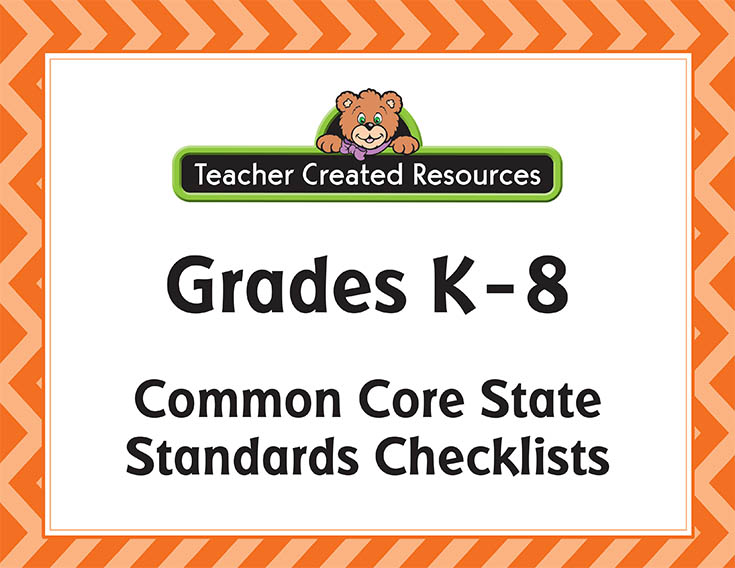Think back to the last time you saw a movie. About halfway through, you realize the climax has come. How do you know? You hear the music change. Maybe you hear the gradual progression of piercing violins. Or perhaps you notice the piano, as it begins to punch through the silence. And all of a sudden, without even realizing it, you’re at the edge of your seat, nibbling on your nails, wondering what will happen next.
Music makes such a difference in a movie. It serves as a backdrop and reinforces the drama, humor, or romance of a particular moment. Without it, some scenes wouldn’t be as powerful, and some exchanges might be lost. When it comes to teaching and classrooms, music can function the same way. While your lesson will ring clear no matter what, with music, it will have more of an impact and lasting effect.
Music can liven up your classroom in so many ways. Researchers have proven that music does the following for students:
- enhances concentration
- increases attention
- releases tension
- improves memory
|
- activates imagination
- cultivates motivation
- fosters collaboration
- makes activities fun
|
One way that you can incorporate music in your classroom is at the beginning of class and/or after lunch and recess. One of my favorite teachers, Mr. Kutzner, used to welcome in our class, which was after lunch, with various Neil Young songs. We couldn’t stand them! And what was worse is that he would sing along with them—and his voice was truly terrible, even screechy! But it made us laugh, woke us up, and helped us focus after lunch. Adding music in this way allows you to have some fun with your students. You’re inviting them to see a playful side of yourself. So go ahead and play some of your favorite tunes. (Just be sure to listen to them ahead of time to make sure they’re classroom appropriate.)
One of my favorite artists is Jack Johnson. A few years ago he did the soundtrack for the movie, Curious George. The songs are lighthearted, and some of them are even educational and contain great lessons. If you’re interested in teaching your students about sharing or recycling, be sure to check out “The Sharing Song” and “The 3 R’s.” Although this particular album is intended for younger children, he has other albums that could be played for an older audience.
When teaching math or grammar, try playing music that will help your students focus. The melodies of Mozart, Debussy, and Handel will enhance the skills being taught. Of course, if you feel like “throwing a curveball” during a money (math) lesson one day, try turning on Barenaked Ladies’ “If I Had $1,000,000.” This is sure to get all of your students smiling! And what teacher doesn’t want to do that?
History can be a tough subject for students to absorb because, let’s face it, from their perspective, it can be dense. However, you can jazz it up by including songs from different historical periods. I was lucky enough to have a professor in college who brought his guitar in each week and played a song or two from the time period we were studying. (Did you ever have a teacher like this?) I can still remember some of the facts he covered, and that was years ago! A terrific resource for songs from different centuries (17th – early 20th) is www.contemplator.com/america. Here, you’ll find the history, lyrics, and midi files for over two hundred songs, from “Greensleeves” (17th century) to “The Drinking Gourd” (19th century).
For all you science teachers, you’re in luck! I have a couple suggestions for you, as well. Have you ever heard of “The Rainbow Connection”? Try using this song when you’re teaching your students about light or the light spectrum. Also, when teaching nutrition, put on Oliver!’s “Food, Glorious Food” in the background. Your students are sure to enjoy it!
As a side note, if you have an mp3 player (i.e., iPod®), you can set up playlists for each lesson or theme, making it easier for you to teach year after year. There’s no need to reinvent the wheel!
Ultimately, when you teach your students, you hope that a) they learn something, and b) they enjoy the experience. Music can help you achieve both of these goals. In the words of Neil Young, minus the terrible, screeching voice, “The lights turned on and the curtain fell down and when it was over it felt like a dream.” Offer up a dream to your students. Stimulate their minds with a little bit of drama, humor, or calming melody. Whether you’re welcoming in students after a break or teaching them a grammar lesson, students will be energized by music, and there’s a good chance they’ll enjoy the material being covered. There’s an equally good chance that you’ll enjoy it, too.

